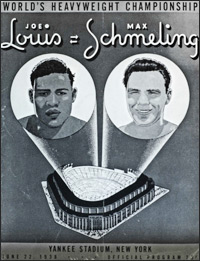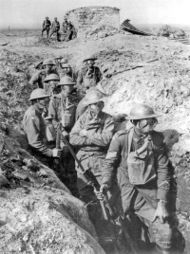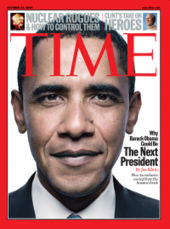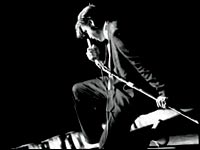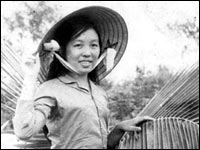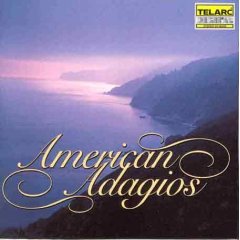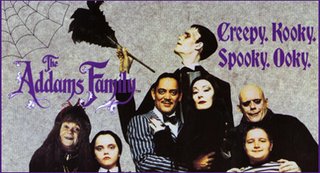Secret Gitmo Panels
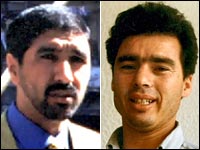 This Morning Edition report (11/21/2006 - 8:56) presents audio recordings of the secret world of military tribunals at the U.S. prison camp for terrorism suspects at Guantanamo Bay, Cuba. The recordings were made by the U.S. military in the fall of 2004 in order to review the "enemy combatant" status of six detainees (all Algerians) who were arrested in Bosnia in late 2001, and later acquitted, for a suspected bombing plot. At that point, they were then taken into U.S. custody and sent to Guantanamo Bay. You can read the declassified documents here.
This Morning Edition report (11/21/2006 - 8:56) presents audio recordings of the secret world of military tribunals at the U.S. prison camp for terrorism suspects at Guantanamo Bay, Cuba. The recordings were made by the U.S. military in the fall of 2004 in order to review the "enemy combatant" status of six detainees (all Algerians) who were arrested in Bosnia in late 2001, and later acquitted, for a suspected bombing plot. At that point, they were then taken into U.S. custody and sent to Guantanamo Bay. You can read the declassified documents here.Musings
- Again we are faced with the question of who should have basic legal rights (to have a lawyer, to confront accusers, to see charges, and so forth) when confronting the power of a state to imprison people for life. And here there seems to be three possible answers: only Americans citizens, only American citizens who are free of any suspicions, or anyone and everyone.
- There is something especially ordinary, bureaucratic, mundane about the interactions on the tapes themselves. The U.S. officials seem earnest, sincere--people trying to do their duty--ye the whole thing also has an air of the absurd.

